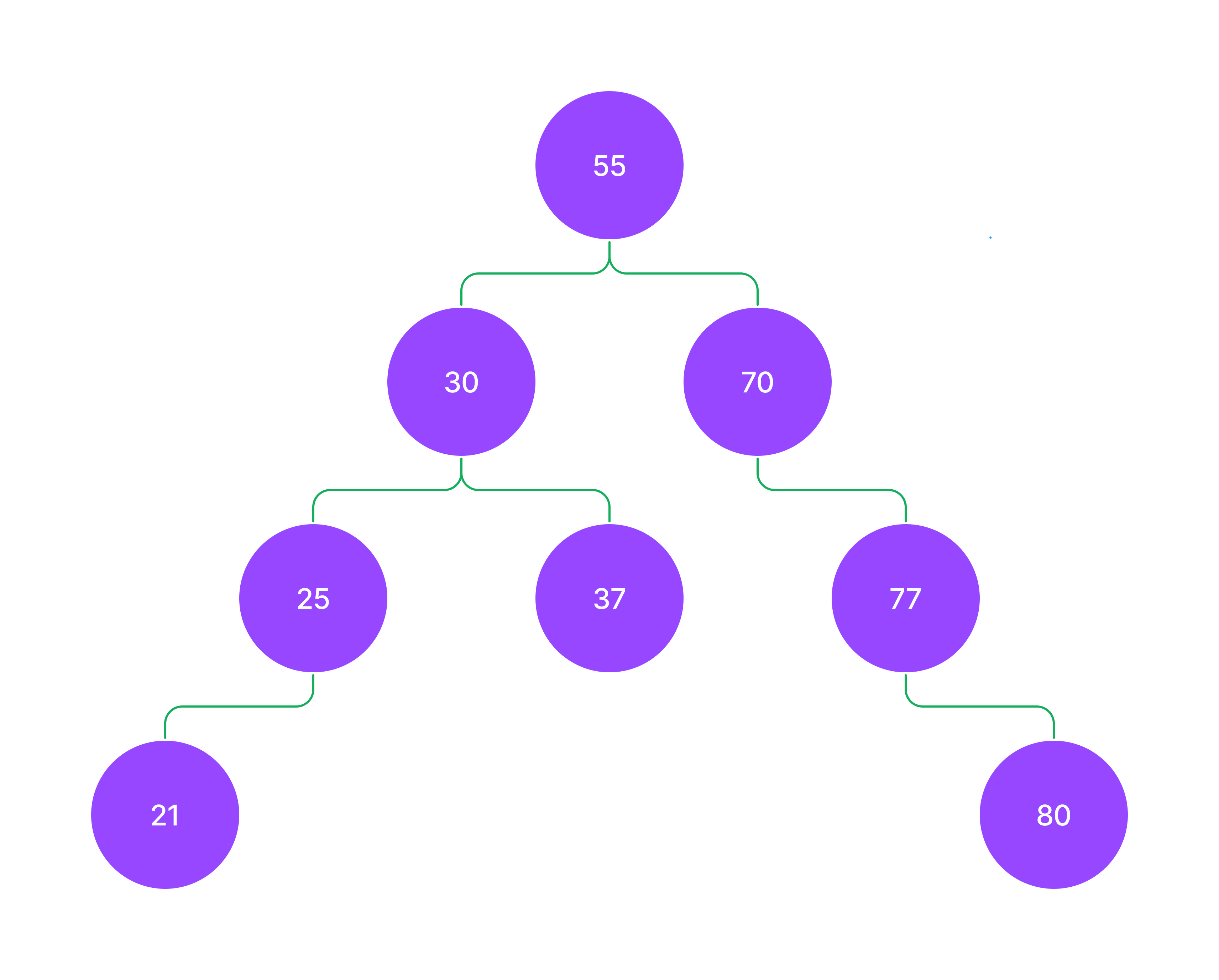Tree#
Tree는 방향성이 없고 사이클이 없는 그래프를 지칭한다.
- depth에 대한 개념
- bin tree
- saturated bin tree = every single node has exactly two children
- complete bin tree = all levels of nodes are filled except leaf nodes which are filled from the leftmost node. ==> When you implement Binary Tree with array, You'll always get complete binary tree! 😆
트리 구현#
제네릭 코드를 짜기 위해서 typing.TypeVar를 찾아볼 필요가 있다. generic using typing.TypeVar (python)
LIS (Longest Increasing Subsequence)#
LIS 가장 긴 증가하는 부분수열
https://choiwheatley.notion.site/LIS-d61b26f5619a4ea1b0412155535ec812 에 정리해두긴 했으나 수정할 사안이 존재하여 다시 불러왔다.
^4ygbua
Sort#
selection sort#
간단하다. min 값을 가진 원소의 인덱스를 최종 리스트에 넣고 해당 원소를 방문처리한다. 남은 리스트의 원소들 중에서 다시 min을 찾아 최종 리스트에 하나씩 추가한다. 사실상 버블 소트만큼 오래 걸림. 얘와의 차이점이라면, 버블소트는 추가공간을 사용하지는 않는다는거.
def 최솟값_인덱스_리턴_함수(리스트):
최솟값인덱스 = 0
for 증가값 in range(0, len(리스트)):
if 리스트[증가값] < 리스트[최솟값인덱스]:
최솟값인덱스 = 증가값
return 최솟값인덱스
def 선택정렬(리스트):
최종결과값 = []
while 리스트:
최솟값_인덱스_저장 = 최솟값_인덱스_리턴_함수(리스트)
최솟값 = 리스트.pop(최솟값_인덱스_저장)
최종결과값.append(최솟값)
return 최종결과값
주어진리스트 = [199, 22, 33, 12, 32, 64, 72, 222, 233]
print(선택정렬(주어진리스트))
insertion sort#
도서관에서 책을 정렬할 때 사용하는 기법. 두서 없이 흩뿌려진 책들로부터 정렬된 결과물을 만들어 나가는데, 중요한 점은 이분탐색을 이용하여 빠르게 삽입할 위치를 찾아 나선다는 것이다. 파이썬에서의 이분탐색은 lower bound with bisect_left (python)을 사용하면 된다.
from bisect import bisect_left
def insertion_sort(data):
"""insertion sort with binary search => O(N LOG(N))"""
result = []
for e in data:
idx = bisect_left(result, e)
if idx == len(result):
result.append(e)
else:
result.insert(idx, e)
return result
ls = [199, 22, 33, 12, 32, 64, 72, 222, 233]
assert sorted(ls) == insertion_sort(ls)
^fyzoll
merge sort#
quick sort#
괜히 겁 먹을 거 없다. 아무 원소나 하나 집어서 (처음이던, 마지막이던, 랜덤이던) 먼저 정복하고(피벗을 중심으로 정렬 상관없이 좌, 우 배치) 나중에 분할(재귀호출)하면 그것이 끝이다. 리스트 끼리 덧셈을 지원하기 때문에 left + [pivot] + right 하면 되어서 손도 깔끔하다.

def q_sort_recur(ls):
if len(ls) <= 1:
return ls
pivot = ls[-1]
left = []
right = []
for elem in ls[:-1]:
if pivot > elem:
left.append(elem)
else:
right.append(elem)
return q_sort_recur(left) + [pivot] + q_sort_recur(right)
ls = [199, 22, 33, 12, 32, 64, 72, 222, 233]
assert sorted(ls) == q_sort_recur(ls)
